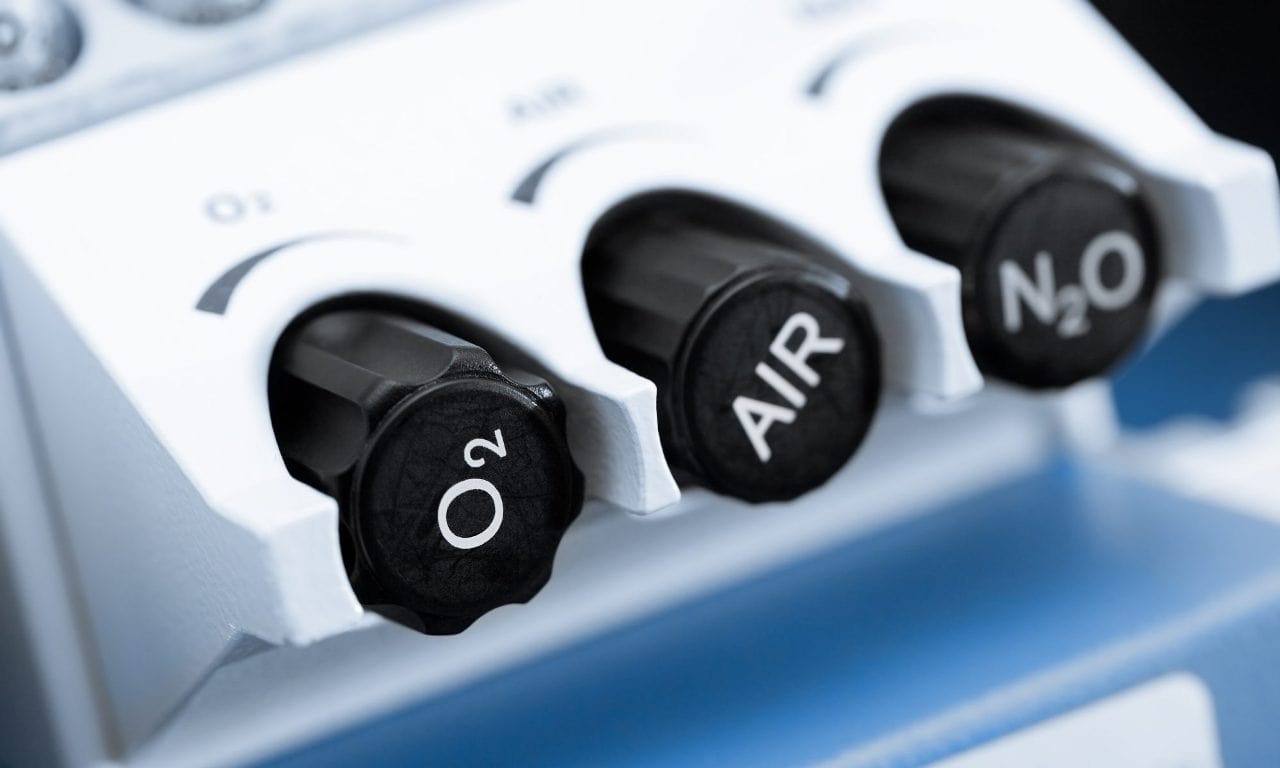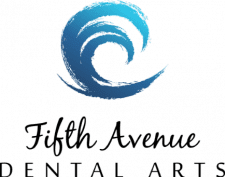If the idea of visiting your dentist for a six-month check-up fills you with an overwhelming sense of stress and worry, you’re not alone. In fact, you may be among the 15% of people suffering from ongoing dental anxiety. Fear of the dentist is common, but don’t let it stop you from getting the regular dental attention you need. Dental anxiety is now easy to manage with sedation dentistry.
Sedation dentistry is designed to help dental patients relax. With the help of sedation dentistry, you can complete any procedure feeling comfortable and at ease.
If you’ve been stubbornly avoiding the dentist, sedation dentistry can help you get the care you need without that knot in your stomach.
A Closer Look at Dental Anxiety
Dental anxiety creates fear and uneasiness about upcoming dental appointments. Some people can push through minor anxiety. But others have such severe dental anxiety that they find it too difficult to even walk in the door.
Intense dental anxiety is considered a dental phobia. It’s triggered by irrational but uncontrollable fears about dental procedures.
There are a few main reasons that patients unintentionally develop dental anxiety:
- Fear of pain: The mouth is a highly sensitive area, so it’s common for patients to feel terrified of the pain they might experience during a cavity filling or root canal. The fear and anticipation of potential pain can be even more traumatizing than the procedure itself.
- Fear of side effects: Patients with dental anxiety also consider the side effects of dental procedures. They start to wonder if they’re experiencing a rare side effect, even if the procedure is going smoothly.
- Loss of control: Nobody likes to lose control, but those with dental anxiety feel especially helpless when laying in the dentist’s chair. It’s difficult to observe surroundings or talk during dental procedures. This leads to a sense of helplessness that quickly triggers anxiety.
- Embarrassment: Other patients may fear the potential embarrassment of a dental appointment more than the work being done. This is especially true for those who don’t like other people entering their personal space. Dental work requires close contact that leads to self-conscious worries about the appearance and odor of the mouth or face.
The 3 Main Types of Sedation Dentistry
Sedation dentistry aims to alleviate the effects of dental phobia by relaxing patients who feel too scared or overwhelmed to sit calmly during an exam or procedure. There are three different types of sedation dentists may employ based on patient needs and requests. Which could be best for you?
Nitrous Oxide
Nitrous oxide, also known as laughing gas, is a colorless and odorless gas used in the lightest form of sedation dentistry. Laughing gas is very popular because it’s safe and easy to control, even for children!
Unlike other forms of sedation that require IVs or injections, laughing gas is easily administered through a face mask. As you inhale nitrous oxide, it gradually slows your body’s reaction time. Without immediate responses to pain and fear, anxiety decreases, giving you the opportunity to coast through your dental appointment feeling calm and relaxed.
Laughing gas is also the first choice in dental sedation because it doesn’t knock you out or cause a long recovery period. You remain awake and alert while using laughing gas, but with the added benefit of feeling relaxed and unaware of pain. Nitrous oxide also wears off quickly, so you feel normal as you walk out of your procedure.
Oral Conscious Sedation
Oral conscious sedation is also a simple way to combat dental anxiety and bring more comfort to each dental appointment. It involves taking a small sedative pill at a predetermined time before your appointment, so a trusted family member or friend must drive you to and from your appointment to ensure safety.
You’ll take another sedative about an hour before your procedure to initiate the full conscious sedation process. The sedative allows you to remain conscious throughout your appointment, but you will feel entirely relaxed and at ease.
With the use of oral conscious sedation, you’ll know what’s happening without enduring any feelings of worry or anxiety. By the time your medication wears off, your appointment- and your reasons for anxiety- will be over!
Keep in mind that oral conscious sedation can’t be used if you’re pregnant or have preexisting health conditions like impaired kidney or liver function, congestive heart failure, or glaucoma.
Intravenous Sedation
IV sedation is the most powerful form of sedation dentistry. It’s reserved only for specific situations and procedures when laughing gas or oral conscious sedation can’t offer the level of sedation necessary. IV sedation works instantaneously to make patients less aware of their surroundings and prevent any fear or anxiety.
Make sure that your dentist is qualified to perform intravenous sedation and follow your preparation instructions carefully. It’s best not to eat or drink anything for at least eight hours before your procedure. You can expect to feel groggy when you wake up, so it’s important to have a friend or family member drive you to and from the dentist’s office.
Is Sedation Dentistry Right For You?
Sedation dentistry is a valuable tool for anybody with dental anxiety that makes it harder than usual to visit the dentist and receive essential oral care.
If you can relate to any of the following problems, talk to your dentist about the availability of sedation dentistry:
- Trouble sleeping the night before your dental appointment
- Nervousness, rapid heartbeat, and the temptation to cry in the dentist’s waiting room
- Becoming nauseous at the idea of going to the dentist
- Difficulty breathing when you think about visiting the dentist
- Skipping appointments and treatments to avoid the dentist’s chair
- Accepting pain, discomfort, and decay instead of making an appointment for treatment with the dentist
There’s a big difference between feeling inconvenienced by a dentist appointment and feeling too stressed or frightened to attend. Keep the lines of communication open with your dentist so that you can find the right solutions for your situation.
How to Choose a Your Sedation Dentistry Provider
Many dentists offer sedation dentistry, like Fifth Avenue Dental Arts in Downtown San Diego, CA. It’s important to choose a sedation dentist who understands the overwhelming power of dental anxiety and offers a compassionate approach to help you receive the dental treatments you need.
Dr. Ghassemi, Dr. Mojaver, and the team at Fifth Avenue Dental Arts offer a range of sedation dentistry options for patients with dental anxiety. Don’t let fear of the dentist get in the way of strong, lasting oral health. Make an appointment with Fifth Avenue Dental Arts to learn more about sedation dentistry and stop your fears in their tracks.






